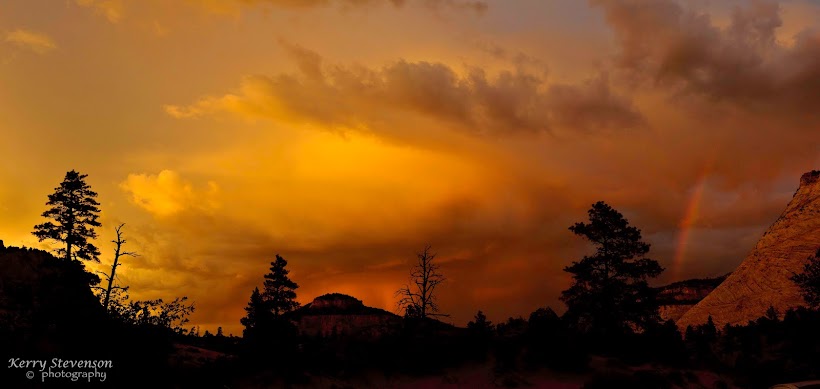I have been to and around the Teton Range many times over the span of about a half century (that sounds worse than it really is). This is the view that is most familiar to me from the Idaho side in Ashton. All of these images are composites from multiple images and this one is obviously taken from much farther away, but to me, this represents the "front" side of the Tetons.
 |
| Front Side? |
Teton Range, Ashton, Fremont County, Idaho, USA, May 11, 2017, Nikon D90, AF-S Nikkor 70-300, f/4.5-5.6 at 70mm, Manual Exposure mode, f/16 for 1/60 second, ISO 200, processed in Lightroom CC and Photoshop CC.
Now, obviously, the more familiar view from the East that those who live or work or play in and around Jackson see as the "front" side, would be the "back" to me. I like it equally well, so in that regard, my feelings are much like Robert Frost's poem, "The Road Not Taken," probably my favorite poem of all time.
This image was taken this past January from Teton Point Overlook on the first day of Nature in Focus' Grand Teton Winter Photography Workshop. It was the first and only time we saw the mountains until the last morning of the Workshop, but that is another story.
 |
| Back Side? |
Teton Range, Grand Teton National Park, Moose, Teton County, Wyoming, USA, January 9, 2017, Nikon D90, AF-S Nikkor 70-300, f/4.5-5.6 at 70mm, Manual Exposure mode, f/8 for 1/3200 second, ISO 200, processed in Lightroom CC and Photoshop CC.
In mid-May Lauri and I spent a night in Jackson on our way home from Yellowstone and I made this image from Elk Ranch Flats Turnout as we came into the valley from the north very late in the day.
Teton Range, Grand Teton National Park, Moran Junction, Teton County, Wyoming, USA, May 13, 2017, Nikon D90, AF-S Nikkor 70-300, f/4.5-5.6 at 70mm, Manual Exposure mode, f/4.5 for 1/800 second, ISO 200, processed in Lightroom CC and Photoshop CC.
The next morning, after a very cloudy non-sunrise, we drove over to the National Elk Refuge and found a big group of Rocky Mountain Bighorn Sheep rams and made a bunch of images there. Afterwards, I made this image from the northeast side of the refuge.
Teton Range, National Elk Refuge, Jackson, Teton County, Wyoming, USA, May 14, 2017, Nikon D90, AF-S Nikkor 70-300, f/4.5-5.6 at 70mm, Manual Exposure mode, f/13 for 1/1600 second, ISO 200, processed in Lightroom CC and Photoshop CC.
One of the very nice things about a forty-mile long, very rugged range of mountains is that you can view them from so many different angles and see similarities and differences based on location and time of year. So, perhaps it doesn't matter which is the front or the back, just enjoy them from all sides and all angles.




















































